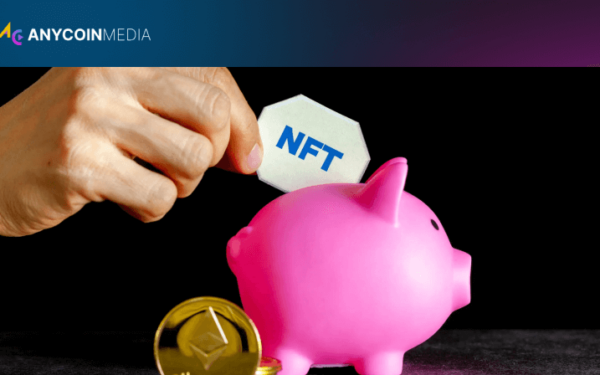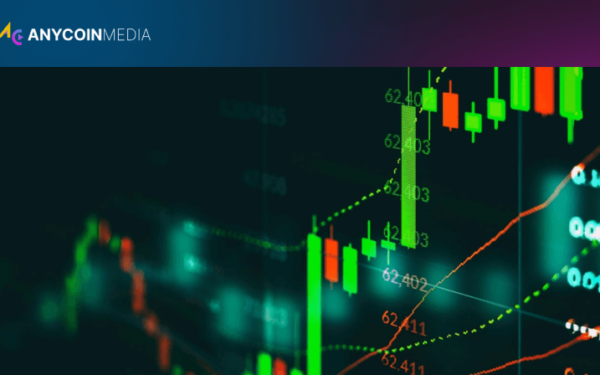Market capitalization, often abbreviated as “market cap,” is a fundamental metric used to assess the size and value of cryptocurrencies in the digital asset ecosystem. It represents the total value of a cryptocurrency circulating supply, calculated by multiplying the current price of a single coin or token by the total number of units in circulation. This metric provides investors, analysts, and enthusiasts with a quick snapshot of a cryptocurrency’s relative size and dominance within the market.
In the context of cryptocurrencies, market cap serves several crucial functions:
Unlike traditional financial markets, where market cap is primarily used for stocks, the crypto space applies this metric to a wide range of digital assets, including tokens representing various blockchain-based projects and decentralized applications (dApps).
The formula for calculating market cap is straightforward:
Market Cap = Current Price × Circulating Supply
For example, if a cryptocurrency has a price of $100 and a circulating supply of 1 million coins, its market cap would be $100 million. This simple calculation belies the complexity of factors influencing both price and supply in the highly volatile crypto market.
Cryptocurrencies are often categorized based on their market cap size:
These categories help investors gauge the potential risks and rewards associated with different cryptocurrencies. Large-cap cryptocurrencies are generally considered more stable but with potentially lower growth prospects, while small-cap and micro-cap assets offer higher growth potential at the cost of increased volatility and risk.
Several factors can impact a cryptocurrency’s market cap:
These factors interact in complex ways, leading to the high volatility characteristic of cryptocurrency market caps. For instance, a significant technological breakthrough or major partnership announcement can rapidly increase demand, driving up both price and market cap.
While market cap is a useful metric, it has several limitations in the crypto context:
These limitations underscore the importance of using market cap in conjunction with other metrics and qualitative factors when evaluating cryptocurrencies. For a more comprehensive assessment, investors often consider additional data points such as trading volume, liquidity, and on-chain metrics.
In crypto, a distinction is often made between market cap and fully diluted market cap:
The fully diluted market cap provides insight into the potential future value of a cryptocurrency if all tokens were in circulation. This metric is particularly relevant for projects with long-term token release schedules or inflationary tokenomics.
Market cap plays a crucial role in various cryptocurrency investment strategies:
Investors often use market cap as a starting point for their analysis, combining it with other fundamental and technical indicators to form a comprehensive investment thesis.
In the crypto ecosystem, market cap dominance refers to the percentage of the total cryptocurrency market cap that a single asset represents. This metric is particularly important for Bitcoin, as its dominance often serves as an indicator of overall market sentiment:
Tracking market cap dominance provides insights into capital flows within the crypto market and can help investors identify potential trend reversals or emerging opportunities in different segments of the market.
Several challenges complicate the accurate measurement of cryptocurrency market caps:
These challenges highlight the need for robust data sources and careful interpretation of market cap figures in the crypto space. Many analysts and platforms employ sophisticated algorithms and data verification processes to mitigate these issues and provide more accurate market cap estimates.
To address the limitations of market cap, several alternative metrics have gained popularity in crypto analysis:
These metrics provide additional layers of insight into the true value and utility of cryptocurrencies, helping to paint a more comprehensive picture of an asset’s market position and potential.
A cryptocurrency’s market cap can significantly influence its development trajectory:
Project teams and communities often closely monitor their market cap ranking as a measure of success and competitiveness within the broader crypto ecosystem.
As the cryptocurrency market matures, several trends are shaping the future of market cap analysis:
These trends are likely to enhance the accuracy and utility of market cap as a metric, providing investors and analysts with more sophisticated tools for evaluating the crypto market.
The market capitalization stands as a cornerstone metric in the cryptocurrency ecosystem, offering a quick and accessible measure of a digital asset’s total value. While its calculation is straightforward, the nuances of interpreting market cap in the volatile and rapidly evolving crypto space require a deep understanding of various factors influencing both price and supply dynamics.
As the crypto market continues to mature, the role of market cap in investment decisions, project evaluation, and market analysis is likely to evolve, incorporating more sophisticated methodologies and complementary metrics. For investors and enthusiasts alike, a comprehensive understanding of market cap – including its strengths, limitations, and alternatives – is essential for navigating the complex landscape of cryptocurrency investments and developments.
By combining market cap analysis with other fundamental and technical indicators, market participants can gain a more holistic view of the crypto ecosystem, enabling more informed decision-making in this dynamic and transformative sector of the global economy.





